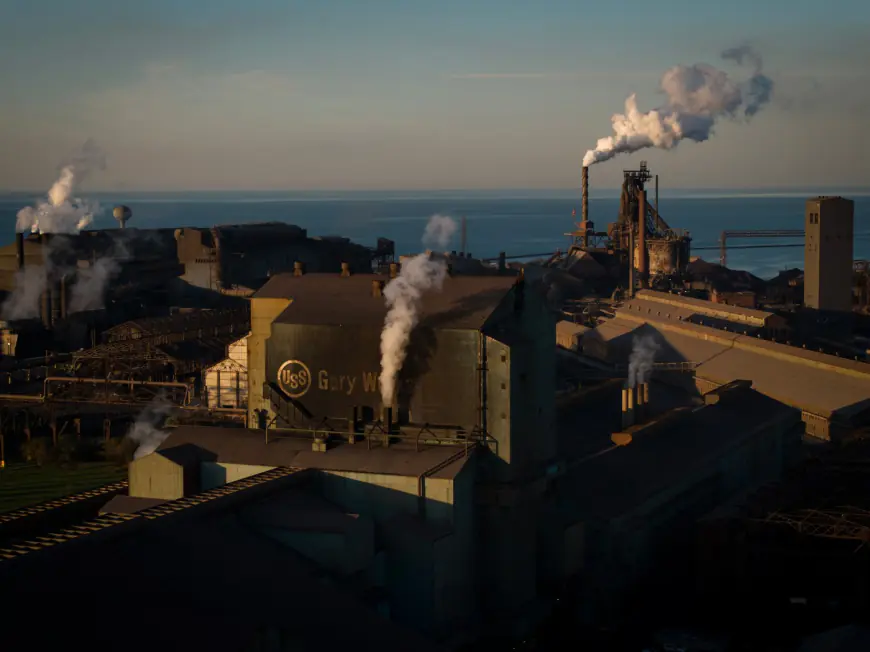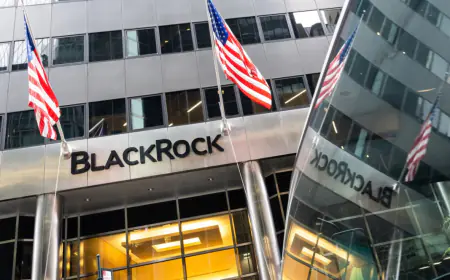‘At a crucial juncture’: Northwest Indiana environmental activists say new report shows steel industry impact on health
The report found that coal-based steelmaking has contributed to an estimated $13.2 billion in health costs, 892 premature deaths and almost 100,000 lost school and work days annually.

For Susan Thomas, an environmental report from Industrious Labs was much needed.
“This is a groundbreaking report,” said Thomas, legislative and policy director for Just Transition Northwest Indiana. “The numbers here are staggering.”
The “Dirty Steel, Dangerous Air” report details the national and local health and economic costs of steel industry pollution. Industrious Labs released the report on Monday.
Industrious Labs is an environmental organization focused on cleaning up industries through network and capacity building, research and analysis, and data-driven campaigns, according to its website.
The 44-page report found that coal-based steelmaking contributes to an estimated $13.2 billion in health costs, 892 premature deaths and almost 100,000 lost school and work days annually, according to a news release from the organization.
“Steel communities have been sounding the alarm on harmful air pollution for years, and this report quantifies just how devastating and far-reaching the consequences are,” Hilary Lewis, steel director at Industrious Labs, said in the news release. “The EPA has consistently failed to safeguard the health of these communities from the dangers of coal-based steelmaking. It’s time for stronger regulations that recognize the opportunity of cleaner steelmaking technologies and tougher enforcement of penalties on polluters to truly protect public health.”
The report focuses on 17 facilities nationwide, including four plants in Northwest Indiana, each of which are owned by U.S. Steel or Cleveland-Cliffs.
U.S. Steel is aware of the study and is renewing the information included, a statement from the company said Wednesday. The steel company said the study fails to mention thousands of its employees “who work each day to ensure their role in the steelmaking process is done in the most environmentally responsible manner possible.”
The company is on track to meet its ambitious greenhouse gas emissions reduction goals, according to the statement. U.S. Steel was the first to announce a net-zero greenhouse gas emissions goal by 2050.
“Environmental excellence is one of our guiding principles,” said a statement from the company. “U.S. Steel invests hundreds of millions of dollars annually on environmental performance at all of our facilities.”
Cleveland-Cliffs did not respond to a request for comment.
In addition to steelmaking, the report looks at the harmful effects of coke, a processed form of coal used in steelmaking.
The steel industry accounts for more than 90% of the market demand for coke, according to the report, which called coke a “very dirty fossil fuel.”
The product is made by mixing coal with oil or water and heating it at 2,000 degrees for many hours. Coke requires dozens of large ovens to be made as well, according to the report.
Industrious Labs’ report also found that most residents in Gary are in the top 10% of U.S. residents most at risk for developing asthma and at risk of low life expectancy.
The city is home to U.S. Steel’s Gary Works facility, which could potentially receive $300 million for its blast furnace if a deal between the company and Nippon Steel is approved.
The $300 million investment will allow for higher steel production and reduced emissions, Gary Mayor Eddie Melton said in a statement. The furnace should have its life extended by up to 20 years.
Some residents, including those who are members of Gary Advocates for Responsible Development, have concerns about the investment.
Carolyn McCrady, member of GARD, said the only way for the steel industry to grow in “a healthy way” is to get rid of blast furnaces. McCrady believes in the use of direct reduction furnaces, which she calls more environmentally and economically friendly.
Direct reduction furnaces could reduce carbon dioxide emissions by half and produce about 20% of steel nationwide, McCrady said.
“Moving toward direct reduction furnaces that use either natural gas or renewable energy is important,” she added. “Without that, the steel industry is going to continue to decline, and we will be left with a mill that is defunct if they don’t modernize.”
Industrious Labs’ report found that Northwest Indiana’s communities are suffering because of pollution from steelmaking procedures, McCrady said. The negative effects are responsible for elevated levels of cancer, respiratory illness and asthma in the region, especially in Gary, she added.
Thomas said it’s important for people not to ignore the data included in the “Dirty Steel, Dangerous Air” report. She encourages people to look closer at the data in the report and to ask questions about what the steel industry’s future looks like in the region.
“We are at a crucial juncture,” Thomas added. “The time to shift away from coal and fossil fuels is now, and we can do it. We’re not reinventing the wheel. The technology is there, and it is possible.”
What's Your Reaction?









































































































